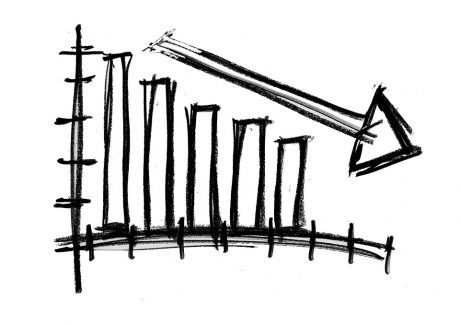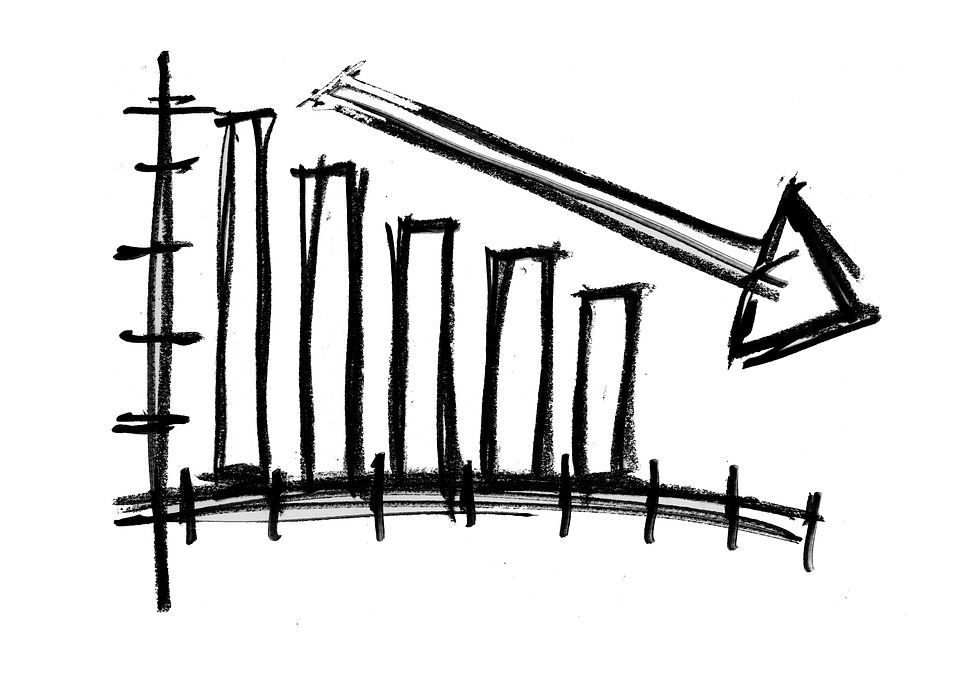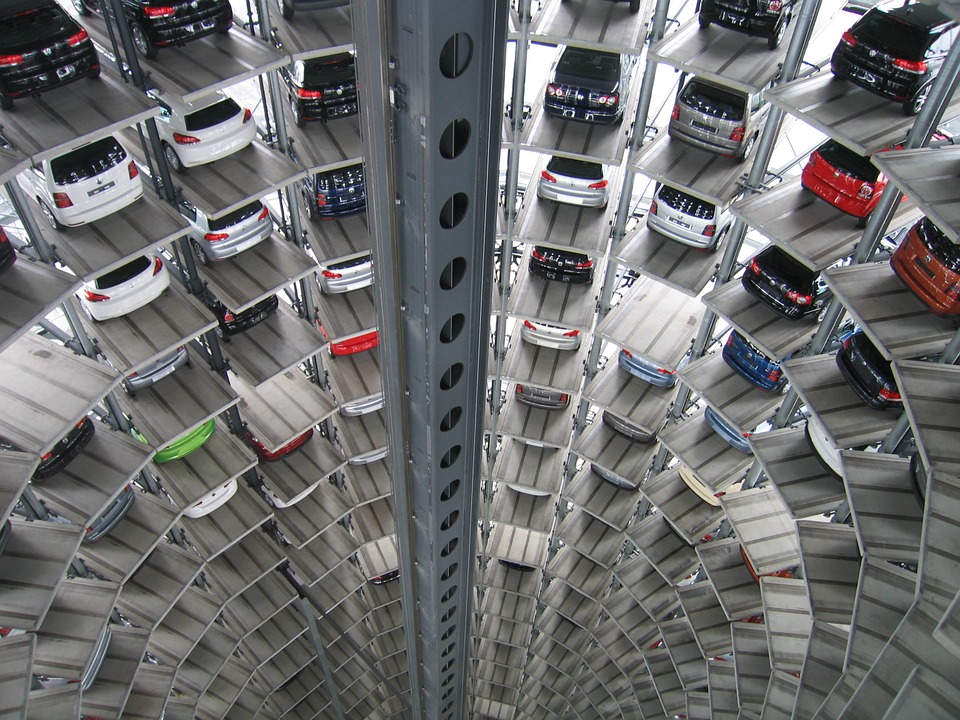 One sector of the economy that is acting as if we were already in the middle of a horrible recession is the auto industry. We just got sales figures for the month of April, and every single major U.S. auto manufacturer missed their sales projections. And compared to one year ago, sales were way down across the entire industry. When you add this latest news to all of the other signals that the U.S. economy is slowly down substantially, a very disturbing picture begins to emerge. Either the U.S. economy is steamrolling toward a major slowdown, or this is one heck of a head fake.
One sector of the economy that is acting as if we were already in the middle of a horrible recession is the auto industry. We just got sales figures for the month of April, and every single major U.S. auto manufacturer missed their sales projections. And compared to one year ago, sales were way down across the entire industry. When you add this latest news to all of the other signals that the U.S. economy is slowly down substantially, a very disturbing picture begins to emerge. Either the U.S. economy is steamrolling toward a major slowdown, or this is one heck of a head fake.
One analyst that has been waiting for auto sales to start declining is Graham Summers. According to Summers, the boom in auto sales that we witnessed in previous years was largely fueled by subprime lending, and now that subprime auto loan bubble is starting to burst…
Auto-loan generation has gone absolutely vertical since 2009, rising an incredible 56% in seven years. Even more incredibly roughly 1/3 of this ~$450 billion in new loans are subprime AKA garbage.
In the simplest of terms, this is Subprime 2.0… the tip of the $199 TRILLION debt iceberg, just as subprime mortgages were for the Housing Bubble.
I’ve been watching this industry for months now, waiting for the signal that it’s ready to explode.
That signal just hit.
The signal that Summers is referring to is a persistent decline in U.S. auto sales. It would be easy to dismiss one bad month, but U.S. auto sales have been falling for a number of months now, and the sales figures for April were absolutely dismal. Just check out how much sales declined in April compared to one year ago for the biggest auto manufacturers…
General Motors: -5.8 percent
Ford: -7.1 percent
Fiat Chrysler: -7.0 percent
Toyota: -4.4 percent
Honda: -7.0 percent
For auto manufacturers, those are truly frightening numbers, and nobody is really projecting that they will get better any time soon.
At the same time, unsold vehicles continue to pile up on dealer lots at a staggering pace…
Meanwhile, inventory days are still trending higher as OEMs continue to push product on to dealer lots even though sale through to end customers has seemingly stalled.
GM, one of the few OEMs to actually disclose dealer inventories in monthly sales releases, reported that April inventories increased to 100 days (935,758 vehicles) from 98 days at the end of March and just 71 days (681,402 vehicles) in April 2016.
So why is this happening?
Of course there are a lot of factors, but one of the main reasons for this crisis is the fact that U.S. consumers are already drowning in debt and are simply tapped out…
Now, a new survey from Northwestern Mutual helps to shed some light on why Americans are completely incapable of saving money.
First, roughly 50% of Americans have debt balances, excluding mortgages mind you, of over $25,000, with the average person owing over $37,000, versus a median personal income of just over $30,000.
Therefore, it’s not difficult to believe, as Northwestern Mutual points out, that 45% of Americans spend up to half of their monthly take home pay on debt service alone.…which, again, excludes mortgage debt.
When you are already up to your eyeballs in debt, it is hard just to make payments on that debt. So for many American families a new car is simply out of the question.
And it isn’t just the U.S. auto industry that is in trouble. The credit card industry is also starting to show signs of distress…
Synchrony Financial – GE’s spin-off that issues credit cards for Walmart and Amazon – disclosed on Friday that, despite assurances to the contrary just three months ago, net charge-off would rise to at least 5% this year. Its shares plunged 16% and are down 27% year-to-date.
Credit-card specialist Capital One disclosed in its Q1 earnings report last week that provisions for credit losses rose to $2 billion, with net charge-offs jumping 28% year-over-year to $1.5 billion.
If you didn’t understand all of that, what is essentially being said is that credit card companies are starting to have to set aside more money for bad credit card debts.
Previously I have reported that consumer bankruptcies and commercial bankruptcies are both rising at the fastest rate that we have seen since the last recession. This trend is starting to spook lenders, and so many of them are starting to pull back on various forms of lending. For example, Bloomberg is reporting that lending by regional U.S. banks was down significantly during the first quarter of 2017…
Total loans at the 15 largest U.S. regional banks declined by about $10 billion to $1.73 trillion in the first quarter, compared with the previous three-month period, the first such drop in four years, according to data compiled by Bloomberg. All but two of those banks missed analysts’ estimates for total loans, as a slump in commercial and industrial lending sapped growth.
This is how a credit crunch begins. When the flow of credit starts restricting, that slows down economic activity, and in turn that usually results in even more credit defaults. Of course that just causes lending to get even tighter, and pretty soon you have a spiral that is hard to stop.
Just about everywhere you look, there are early warning signs of a new economic downturn. And just like we saw prior to the great crash of 2008, those that are wise are getting prepared for what is coming ahead of time. Unfortunately, most people usually end up getting blindsided by economic downturns because they believe the mainstream media when they insist that everything is going to be just fine.
Thankfully, there are at least a few people that are telling the truth, and one of them is Marc Faber. Just a few days ago, he told CNBC that the U.S. economy is “terminally ill”…
“Dr. Doom” Marc Faber says the U.S. economy is “terminally ill,” and the current outlook doesn’t seem to be improving.
“The U.S. has run a deficit for [so long],” he said Tuesday on CNBC’s “Futures Now.” “The conditions today are more fragile than they were ever before, and unless somebody comes and introduces minus 5 percent interest rates, I think the economy is really not in such a great shape.”
“I’m actually amazed that people are so optimistic,” the editor and publisher of the “Gloom, Boom & Doom Report” added.
I have to agree with Faber on this point.
We are more primed for a major economic downturn and a horrifying stock market crash than we were back in 2008.
It isn’t going to take much to push us over the edge, and with our world becoming more unstable with each passing month, it appears that our day of reckoning is likely to come sooner rather than later.




